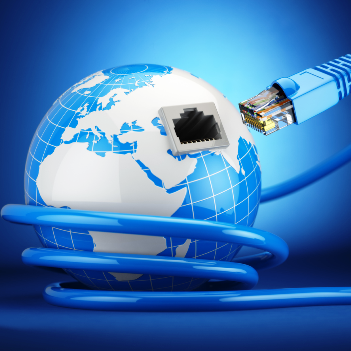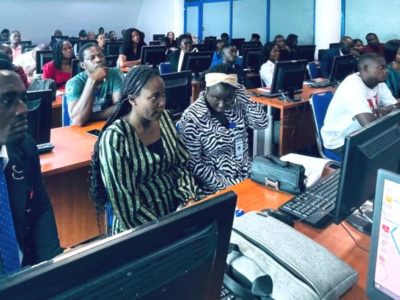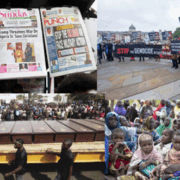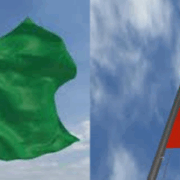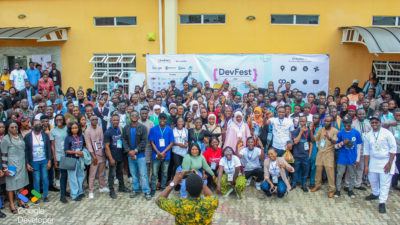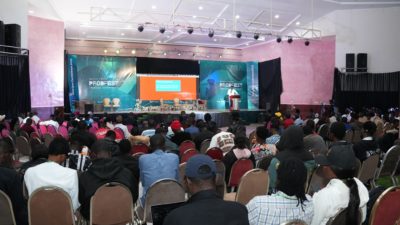SEGUN ORUAME writes on Nigeria’s bandwidth crisis and why expensive Internet is holding back progress across West Africa.
For over 130 million Nigerians and 220 million West Africans, expensive internet bandwidth remains a critical obstacle to growth and development, even as the World Summit on the Information Society (WSIS) declared internet access a fundamental human right.
In September, a Paris-based nonprofit, working through the French Embassy in Nigeria, proposed building six IT resource centers with internet access across Nigeria. The plan collapsed, however, due to one glaring issue—bandwidth costs. Although the nonprofit offered to cover the first year of bandwidth expenses, the Nigerian government and local NGOs were hesitant, unsure if they could sustain the costly internet infrastructure once the initial support ended.
Nigeria’s internet traffic, like most of Africa’s, relies heavily on costly satellite connections. While fiber-optic links between the U.S., Europe, and Asia keep costs relatively low in other parts of the world, African nations are left grappling with exorbitant bandwidth fees. In Nigeria, dedicated bandwidth costs around $4,800 per Kbps monthly, significantly higher than rates in countries like the United States, where the cost is a fraction of this.
The Bandwidth Bottleneck
Despite the presence of marine fiber-optic cable facilities like SAT-2/3 and SEA-ME-WE1/2, the cost of bandwidth remains prohibitive across West Africa. Most operators purchase bandwidth in foreign currencies, draining Africa’s foreign reserves by approximately $500 million annually. The high costs particularly hurt Nigeria, a country with over 150 million people and vast market potential for international satellite providers.
Efforts to negotiate lower prices through demand pooling have been proposed. Chief Regulator Ernest Ndukwe emphasized the importance of satellite connections to bridge the gap until terrestrial infrastructure can be expanded. But progress has been slow, and existing marine fiber-optic facilities are underutilized.
Stalled Projects and Missed Opportunities
When the SAT-3 submarine cable and Pan-African satellite projects like RASCOM were launched, there was optimism about lowering bandwidth costs and increasing capacity. Predictions pointed to a 10-fold increase in Africa’s international internet bandwidth between 2002 and 2007. However, numerous factors have stalled these initiatives, leaving the continent’s internet infrastructure underdeveloped.
Currently, over 87% of Africa’s international telecom connections rely on satellite technology, significantly limiting internet penetration. While the number of internet users and licensed ISPs in Nigeria and Ghana has risen, access remains limited due to prohibitive bandwidth costs. For example, in 2001, the total international IP bandwidth available to Luxembourg’s 450,000 citizens was 1.3 Gbps—more than the bandwidth for all 820 million citizens across Africa.
Internet Access: A Luxury, Not a Necessity
The high cost of bandwidth has affected a range of sectors in Nigeria. Cybercafés, schools, banks, and even government institutions struggle to afford reliable internet. In Nigeria, the average cybercafé can’t offer the high-speed internet available in many American homes due to prohibitive costs. Banks, which rely on internet connectivity to link branches and process transactions, pass on these high costs to consumers.
Universities are also missing out. Even when equipped with computers, most campuses lack affordable bandwidth to connect to the internet. This hampers students’ and researchers’ ability to access online resources, including digital libraries and academic journals.
SAT-3: Untapped Potential
Nigeria’s SAT-3 cable remains largely underutilized. While it has the capacity to deliver affordable, high-speed internet, inadequate infrastructure within Nigeria limits its potential. Fiber and microwave transmission lines, critical to distributing SAT-3’s bandwidth, are only available in limited regions. National carriers like NITEL, burdened by financial and political challenges, have failed to expand these networks.
Globacom, one of Nigeria’s leading telecom operators, is aggressively rolling out fiber cables to connect major cities. This is a step in the right direction, but progress is slow. Until fiber networks are fully deployed across the country, Nigerians will continue to rely on costly satellite connections.
The Monopoly Problem
Many African countries face another challenge—incumbent telecom operators monopolize access to marine cables like SAT-3. In Nigeria, a long-standing debate over whether Internet Service Providers (ISPs) and prepaid call card operators should be granted unfettered access to SAT-3 has limited competition. While countries like Ghana are considering policies to address bandwidth pricing, Nigeria’s telecom landscape remains highly restricted.
VSAT (Very Small Aperture Terminal) service providers, who offer satellite-based internet, currently dominate the market, exploiting limited competition to maintain high prices. ISPs, which spend as much as 75% of their revenue on bandwidth, pass these costs onto consumers.
Hope for the Future?
There is hope on the horizon. Companies like Globacom and 21st Century Technologies are investing in fiber-optic infrastructure to expand access to affordable internet. However, these initiatives are still in their early stages, and widespread adoption will depend on significant investment and policy support.
African governments, including Nigeria’s, must prioritize reducing bandwidth costs to foster economic growth, education, and technological innovation. Until affordable internet becomes a reality, Africa will continue to lag behind in the global digital economy.

